10 Things We Learned From WWE Survivor Series 1987
Who would want to be Starrcade?

Oct 20, 2018
If I had to make a list of the 10 greatest pay-per-views in WWE history, the original Survivor Series easily makes the cut. In the 30-plus years that have passed since WWE first established dominance in the world of Thanksgiving night (later Thanksgiving-adjacent) wrestling broadcasts, there have been plenty of good Survivor Series events, great ones even, but all pale to the atmosphere, quality wrestling, and non-stop excitement of the original. And its more than good enough to be considered among WWE's elite productions.
Fifty wrestlers populated four eliminations bouts - a pair of five-on-five male bouts, a five-on-five women's match, and a 20-man battle featuring 10 distinct tag teams. Each match centred on the different championship divisions of WWE, be it the looming heavyweights in the main event, the workhorses vying for the Intercontinental gold in the opener, while the women and the tag teams filled out their bodies of their respective matches. So much organization and clarity on display.
And the matches themselves are all excellent, especially the 20-man tag bout (my pick for best Survivor Series elimination match ever). To begin this collection of Survivor Series-based lists, we go all the way back to Thanksgiving night 1987, when WWE began a tradition that endures to this day, even if the designated date has changed.

An alpha male with an opportunist streak a mile long, Vince McMahon has long jumped on any chance to benefit by thumbing at the eye of an adversary. As the territories collapsed like wounded animals in the eighties, only Jim Crockett Promotions under the NWA banner seemed to have any reasonable amount of stamina. But Thanksgiving would demonstrate the disparity between the two entities.
Crockett would be running its annual Starrcade on Thanksgiving night 1987, which would be the company's first foray into pay-per-view. WWE counter-programmed with Survivor Series as a way of, shall we say, "Crock"-blocking the competition. Cable companies were left to choose which event, Starrcade or Survivor Series, to broadcast on that holiday night. How do you think that battle went?

Crockett seemed to have a simple solution - they would simply move their show to earlier in the afternoon, so that WWE could have the evening slot for running Survivor Series. A wrestling double-header like that would sound pretty good to most people, but not McMahon. He wanted exclusivity, and he had a rather cunning way of getting it.
McMahon told the providers that were on the fence (or were picking Crockett over him) that he would not let them air WrestleMania IV the following spring. WrestleMania was sure to do big money, and almost every single cable company went with WWE over Crockett. The only ones that aired Starrcade were a few cable companies in the Carolinas (where Crockett was based), and one in San Jose, CA. McMahon brought his brass balls to the table and got exactly what he wanted.
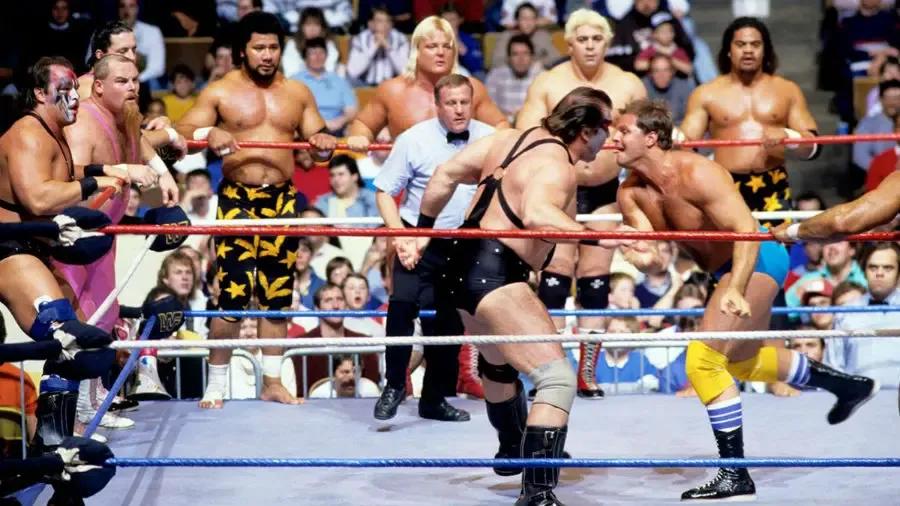
With 50 different wrestlers gracing the ring, and there not having been a pay-per-view since WrestleMania III close to eight months earlier, there was bound to be some serious roster turnover come Survivor Series. And there was, as a whopping 40 per cent of the active performers were taking part in their very first pay-per-view matches that night.
In all, the list includes 13 of the 40 male wrestlers: Hacksaw Jim Duggan, Ron Bass, Demolition, The Young Stallions, Tama, Dino Bravo, Boris Zhukov, Ken Patera, Bam Bam Bigelow, One Man Gang, and Rick Rude. Seven of the 10 competitors in the women's match were also first-timers on PPV: Sensational Sherri, Judy Martin, Dawn Marie (not of ECW fame), Donna Christianello, Rockin' Robin, and The Jumping Bomb Angels. Only three of that group (Duggan, Rude, and Sherri) have since made it to the WWE Hall of Fame.
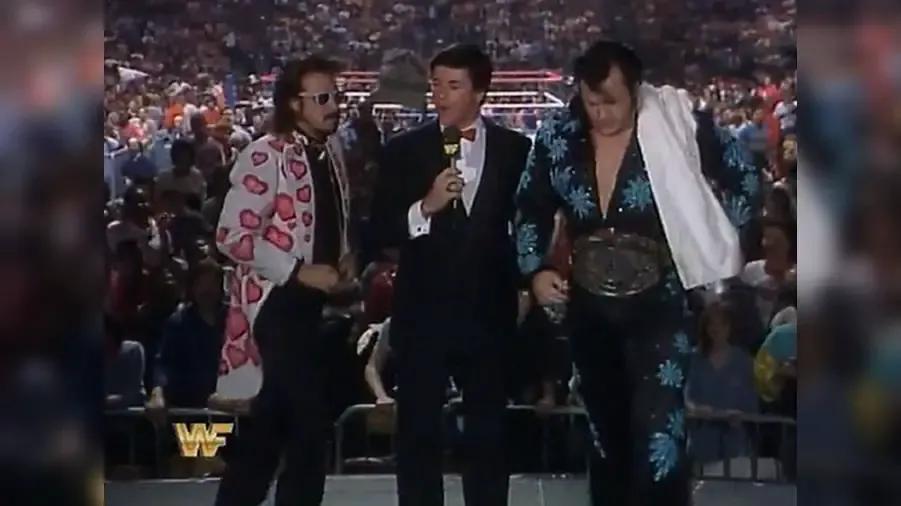
The more you watch old school WWE and get a feel for the performers of the day, the more you appreciate the dedication of Jimmy Hart. He was maybe 110 pounds drenched in water, and took some scary looking pratfalls in order to enhance the babyface he had irked. Nobody was a better 'pipsqueak' than The Mouth of the South, and Survivor Series demonstrates his level of commitment.
Hart serves as manager in the first three matches of the night: for Honky Tonk Man in the opener, The Glamour Girls in the women's bout and the Hart Foundation in the 20-man. Hart was also known for coordinating his ring attire to whoever he was managing, so he'd make several costume changes on any given night. Here, he wears a white-and-pink heart-motif jacket with a red cummerbund to manage Honky, switches to a black suit with gold tie/cummerbund to manage the Glamour Girls a match later, then hastily switches back to the original jacket (no cummerbund change) to guide the Harts. The third change came after Hart nearly cracked his head on the floor falling from the apron in the previous match. Now that's a trooper.

Hart wasn't the only manager with a busy night at the 1987 Survivor Series. While it's debatable as to whether or not you can call this time frame a golden age for wrestling managers, the period held its own in terms of prolific seconds. You need no more proof of this than the 20-man tag, in which all five heel tandems had their own manager.
The Harts had fellow Hart, Jimmy, who was joined at ringside by Bobby Heenan (The Islanders), Mr. Fuji (Demolition), Slick (The Bolsheviks), and Johnny Valiant (The New Dream Team), in one of Johnny V's last appearances with the company. Add Miss Elizabeth for Macho Man Randy Savage in the opening bout, plus multiple appearances from some of the aforementioned managers, and that's one hell of a class.

One of the eliminations during the 20-man tag occurs when Haku of the Islanders floored The British Bulldogs' Dynamite Kid with a Savate Kick before pinning him. This seems fairly innocuous and simple, a routine Survivor Series moment with no further context needed to explain it. But this was a relevant moment for people who purchased the home video version of the show - because they didn't see it.
For reasons that are entirely unclear, the Coliseum Video release of Survivor Series 1987 has a weird edit that omits the Bulldogs' elimination. All of a sudden, the match goes from six-on-six, to four-on-four, with Dynamite and Davey Boy Smith suddenly vanishing from the ringside area. Later versions of the show restored the elimination, so thankfully Haku pinning Dynamite was not the wrestling version of the missing minutes from the Watergate Tapes.
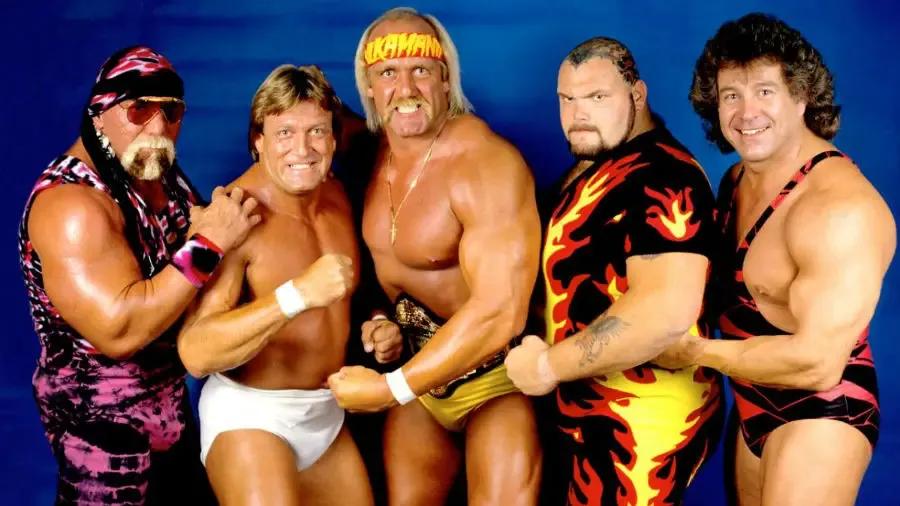
Just as WrestleMania 2 would see the in-ring PPV debut (and only PPV matches) for both Bruno Sammartino and Pedro Morales, Survivor Series 1987 would've seen the first pay-per-view match for another former World Champion in "Superstar" Billy Graham. The fast-talking, perma-tanned Graham was to have been on Hulk Hogan's team in the main event, matched up across from Butch Reed, with whom he'd feuded for months with.
Graham, however, would be replaced by protege Don Muraco after an injury angle that aired several days before the event. Graham had hip replacement surgery earlier in the spring (with *VERY* graphic footage that aired on WWE programming), and despite his attempts at making a comeback as a regular wrestler, The Superstar in fact ceased wrestling weeks before the pay-per-view, turning to both managing and broadcasting instead.
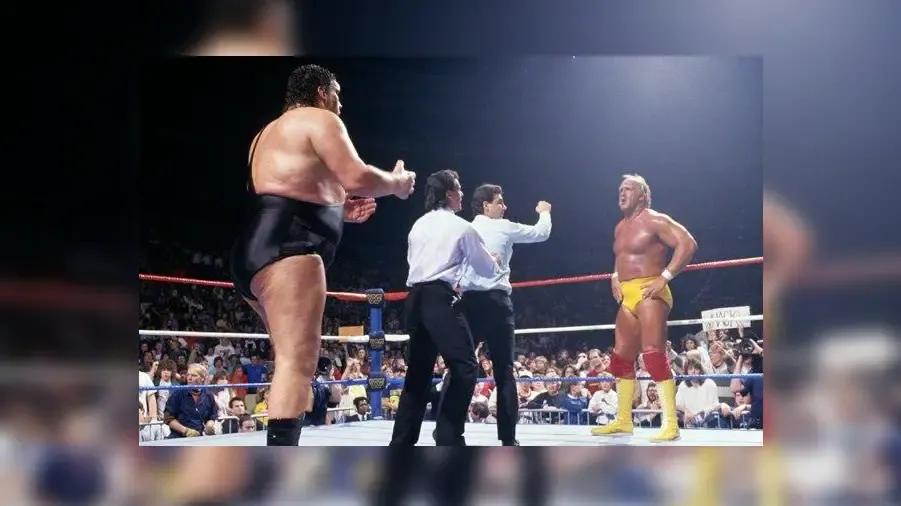
The big lure of Survivor Series 1987 was the bringing together of two cosmic forces once more: WWE Champion Hulk Hogan, and the man he narrowly vanquished in a legendary clash at WrestleMania III, Andre the Giant. Andre ghosted after 'Mania, seemingly walking away either to (in kayfabe) plot his next move, or live with the defeat in solitude.
In fact, with the exception of one dark match taped a month after WrestleMania III (pitting him and Hercules against Hogan and Ken Patera), this marked Andre's first match since that 'Mania 3 bonanza eight months earlier. You can see why some cable companies were like "Starrcade who?" when the idea of a Hulk/Andre encounter, mark two, was floated by an enterprising McMahon - it made so much damn money that first time around.
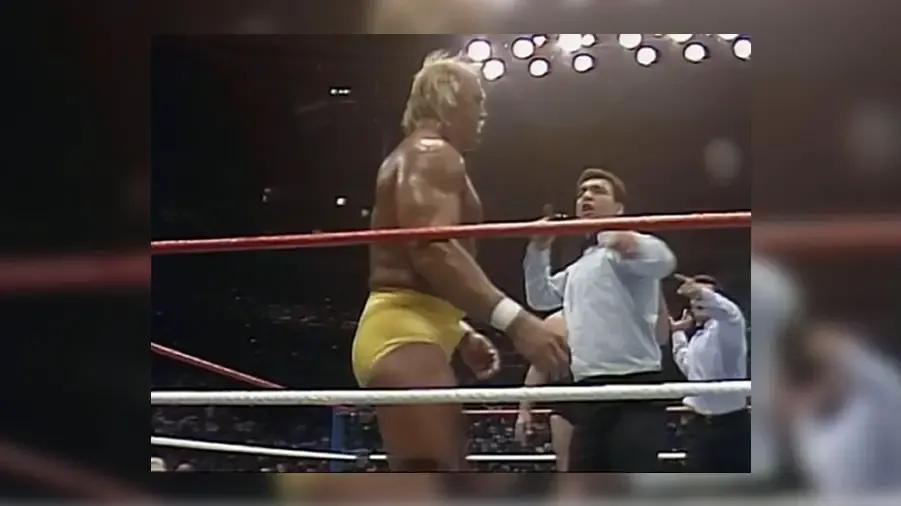
The night concluded with Andre eliminating Bam Bam Bigelow to be his match's sole survivor. Moments later, Hogan ran back out to exact a measure of revenge (which some might consider sore loserdom at its grossest) and fulfil his required posing session. Still, the heel triumphed in the main event, a rare sight, which gives way to this sorta surprising fact.
There were champions in every match, and yet none of them survived. WWE Champion Hogan and IC Champion Honky Tonk Man would both be counted out, Tag Team Champs Strike Force were eliminated when Tito Santana was pinned, while Women's Champ Sensational Sherri and Women's Tag Champs The Glamour Girls (yes, they had Women's Tag Team belts) were all pinned in their match. There wouldn't be another Survivor Series with multiple elimination matches *and* no surviving champions again until 1993.

It shouldn't come as a surprise that in terms of the "competition" that Thanksgiving between Survivor Series and Starrcade, that WWE clobbered Crockett's broadcast. The odds were already heavily in WWE's favour thanks to the unbalanced battle lines drawn among the cable companies, so an ass-kicking was expecting. But how badly *was* that ass kicked?
Well, Survivor Series pulled a healthy 325,000 buys, down a bit from WrestleMania III's 400,000 buys, but a satisfying number nonetheless. As for Starrcade, that show managed 20,000 buys with its limited availability, but they stood no chance of matching power with WWE that night. That's almost a 94 per cent dropoff going from Survivor Series to Starrcade, which I'm sure made Vince's cranberry sauce taste just a little bit tangier.